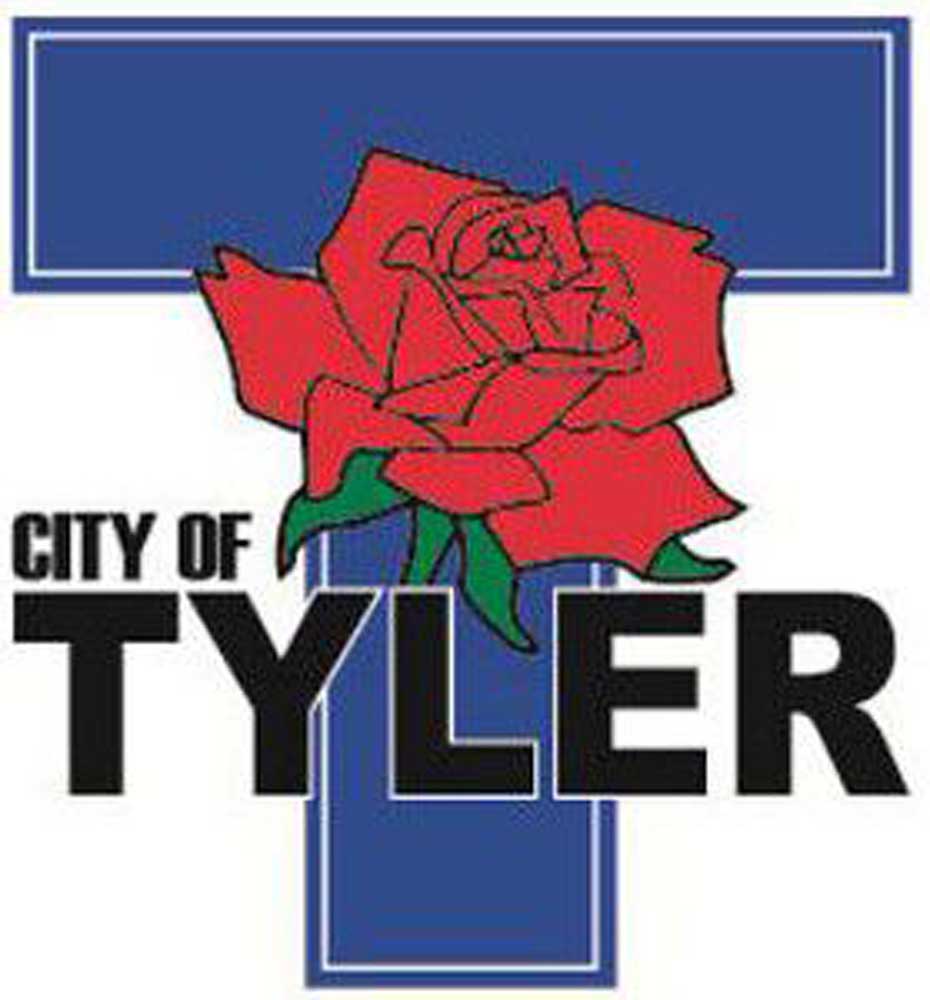City to bump up low end of pay scale
Published 3:38 am Tuesday, September 1, 2015
Employees in the city of Tyler’s median crews work in the middle of some of the city’s busiest roadways.
The works starts early to beat the worst of the August heat. Workers stay hydrated but are generally given a 30-minute lunch break.
The position is at the bottom of the city’s pay scale and understandably comes with a high turnover rate. City officials said with a starting wage of $9.15 an hour, the city is competing against a long list of other entry-level and low-skill jobs that don’t require time in the sun.
These employees and others at the bottom end of the city’s pay scale will slowly see an increase in their starting salary up to $10.55 an hour.
The city is embarking on a program to bring all of its employees to a living wage, which it plans to implement over the next three years.
“We’ve grown in our parks facilities,” Parks and Recreation Director Stephanie Rollings said. “Population has gone up, but we have kept our employees low, and as low as they have ever been. We push them harder and harder each year. We have a high expectation level, of course, but now we get to give them a reward for that hard work.”
The initiative, which will apply to a total of 53 employees, is based on figures from the Massachusetts Institute of Technology on what a living wage is for each state and county. According to the data, it would take an hourly rate of $10.54 for a single adult to support themselves without assistance. Tyler rounded the figure up a penny to $10.55.
Positions impacted by the initiative include laborers, custodians, data management services and clerks, among others. The change will affect all departments, but the most impacted will be the water department with 14 employees who currently make less than $10.55 an hour, 12 in the parks department and eight in the library, according to ReNissa Wade, managing director for administrative services who also heads the city’s human resources department.
The total cost to bring all of the city’s employees up is $78,841, Ms. Wade said.
“On our side of the equation, (we want to be sure) employees are bringing in enough to not have to rely on government assistance to make ends meet,” City Manager Ed Broussard said.
Broussard said raises are both moral and practical.
“This helps make us be competitive with other places, oddly enough (even) McDonald’s, to work in air conditioning and not have some of the demands you have in the labor positions,” he said.
BABY STEPS
The raises will be introduced incrementally.
The proposed 2015-2016 budget calls for an adjustment of up to 50 cents for employees currently below a living wage. The raises will bring employees toward the benchmark but not over it, Ms. Wade.
Pay rates of employees vary below the $10.55 benchmark. Some have received raises over their tenure but are not quite up to the living wage threshold.
The city will allow up to 50 cents per employee to gradually bring the group up to the benchmark. If an employee, for example, was 20 cents from making $10.55, they would not receive the full 50 cents.
The city estimates it will take three years under this program to bring all current employees to the base of $10.55.
The base rate for vacant positions within this category will be increased by 2 percent annually to get the starting wage at the benchmark for new employees. The city estimates it will take about eight years to get the starting salary up to its new standard, Ms. Wade said.
Moving the starting point for employee pay will create some salary compression within the city’s pay scale. The phenomenon occurs when there is a small difference between employee pay based on experience.
The city’s 2016 proposed budget does not address salary compression caused by the living wage initiative, but Ms. Wade said the city will begin working to correct that issue incrementally in the coming years.
She said compression will be looked at individually by employee and job title and be incrementally adjusted as the coming budgets allow.
“I’m proud for what it will do for employees at the bottom levels,” Broussard said. “Often times those are the guys that get left behind, but they are the ones working day in and day out doing incredible things and not getting the recognition. The more we can address their needs, I think the better off the community will be.”
Twitter: @TMTFaith







